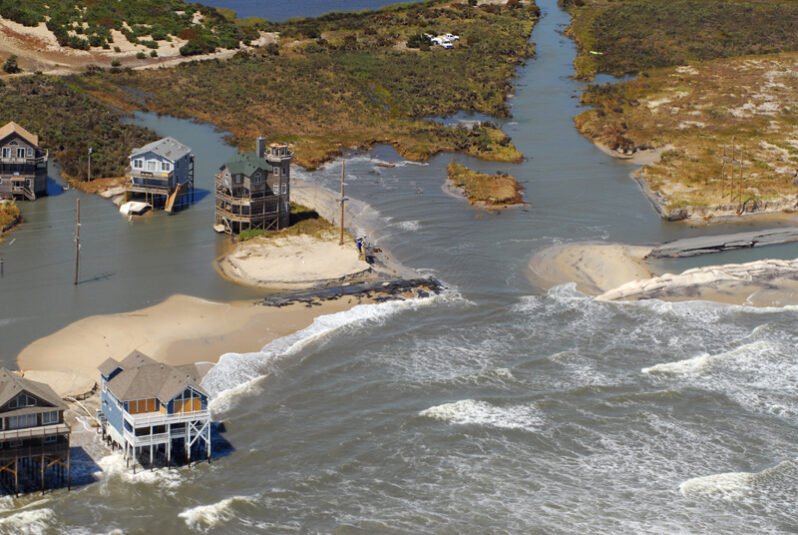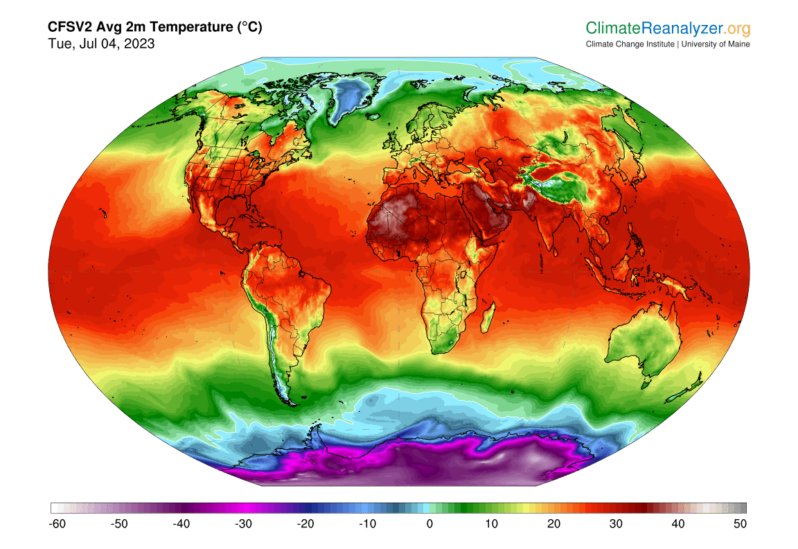The real story behind the Atlantic’s record-breaking seaweed blobs – BBC

Along the coastlines of the Caribbean and the Gulf of Mexico, a monster is lurking. It creeps in with the tide and you’ll likely smell it before you see it. Giant clumps of sargassum seaweed have been washing ashore, choking the surf and blanketing beaches in a brown, stinking mass.
The clumps are breaking off an enormous raft of free-floating seaweed known as the Great Atlantic Sargassum Belt, which stretches 5,000 miles (8,047km) between the Gulf of Mexico and the west coast of Africa and can be seen from space…
Opinion | Interactive: The Plan to Save New York From the Next Sandy Will Ruin the Waterfront. It Doesn’t Have To – the New York Times

Last September, the U.S. Army Corps of Engineers unveiled its proposal to protect the greater New York and New Jersey metro area from the next catastrophic flood. It is an epic plan that includes dozens of miles of floodwalls, levees and berms along the shoreline and 12 storm surge barriers — arrays of movable gates — across entrances to waterways throughout the region.
The plan is estimated to cost a staggering $52.6 billion. It’s by far the most expensive project ever proposed by the Corps.
The trouble is that despite its great ambitions, the Corps’s plan demonstrates the shortcomings of relying on massive shoreline structures for flood protection…
Plastic-rock hybrids found on the Andaman Islands – Mongabay

A study found the formation of plastic-rock hybrids in the intertidal zone of remote beaches of Aves Island in the Andaman archipelago. This is a first record of these hybrid rocks, known as plastiglomerates, from India.
Samples from the island that were analysed contained polyethylene and polyvinyl chloride. Incineration of plastic litter could have led to their formation.
The impact of plastiglomerates on marine ecosystems is yet to be understood as research on plastiglomerates is an emerging field…
Study says buyout of threatened Outer Banks homes would be cheaper than beach nourishment – Star News Online

Along coastal North Carolina, engineering answers to threats from Mother Nature is a time-honored tradition to dealing with eroding beaches and threats from wandering inlets. But pumping sand isn’t cheap….Faced with a future of rising seas and stronger storms intensified by climate change, state and local officials are scrambling to keep up.(And) one option occupies a relatively rare seat at the table for discussion by local officials and residents: moving oceanfront structures out of harms way…
July 4, 2023: The Hottest Day in over 125,000 Years

“We have never seen anything like this before”
– Carlo Buontempo, director of Europe’s Copernicus Climate Change Service quoted in the Washington Post, 07-06-2023…
The world’s hottest day on record was Tuesday, scientists calculate – PBS News Hour

The entire planet sweltered to the unofficial hottest day in human recordkeeping July 3 and then blasted past that with an even hotter day on July 4, according to University of Maine scientists at the Climate Reanalyzer project…
The planet saw its hottest day on record this week – CNN

On Monday, the average global temperature reached 17.01 degrees Celsius (62.62 Fahrenheit), the highest in the US National Centers for Environmental Prediction’s data, which goes back to 1979. On Tuesday, it climbed even further, reaching 17.18 degrees Celsius and global temperature remained at this record-high on Wednesday…
What 120 Degrees Looks Like in One of Mexico’s Hottest Cities – the New York Times

People in Hermosillo are used to the heat: Enduring scorching temperatures is a local point of pride (for) the “city of sun.” But on a recent Sunday in June, temperatures reached a record high when thermometers registered 49.5 degrees Celsius, or 121 Fahrenheit…
Why a sudden surge of broken heat records is scaring scientists – the Washington Post

New precedents have been set in recent weeks and months, surprising some scientists with their swift evolution: historically warm oceans, with North Atlantic temperatures already nearing their typical annual peak; unparalleled low sea ice levels around Antarctica, where global warming impacts had, until now, been slower to appear; and the planet experiencing its warmest June ever charted, according to new data. And then, on Monday, came Earth’s hottest day in at least 125,000 years. Tuesday was hotter…
